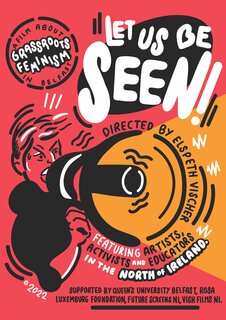
In this painting, I represent an interview scene with my informant Maya. Since ethnography is an immersive experience, a sensory process, it’s about being there and spending time with people, with this painting I wanted to give this idea of the encounter between me as the researcher and Maya as the researched. It is in this encounter that understanding can occur. Additionally, I have used some methods to ‘make the invisible visible’. So, her very difficult life story, is here portrayed through the use of key words and extracts from the interviews painted all around us, and we also have some selected images from her account. When sharing her story with me, Maya’s words were interweaved with smiles and tears, and with poems that she wrote and recited for me. By combining images and words, which encompass both my field notes and her voice, I attempt to bring her recounted memories back to life. I have included selected words describing the narrative of her difficult past, the time when she was forced by her in-laws to quit her job, or when she was left outside in the courtyard all night, the story of love at first sight with her husband, the conflict with her brother when they were children because he was given eggs while she was only given rice, and the way in which he then helped her later on in life. Thus, in the proposed painting, I attempt to construct in a visual language the mental process that brought Maya to the need of making a choice that was determinant for the making of her own self. At the same time, the interview setting reveals the nature of the anthropological encounter as a dual work, a creative process in which the researcher and the subject act together to write a story with two points of view.
ARTIST BIOGRAPHY
Paola Tiné is an anthropologist and artist based at the University of Adelaide (South Australia). Her recent research has involved in-depth data collection over 15-months with over 100 participants in Nepal, to investigate an ongoing process of social change. The focus of this study is on domestic transformations and how these are influenced by and contributing to a local ethos among middle-class families in the Newar town of Bhaktapur. Over the last ten years she has been writing on the topic of the use of visual methodologies in anthropological research as a form of analysis and expression, publishing in peer-reviewed journals such as Current Anthropology, and in edited books by Bloomsbury Academics.




